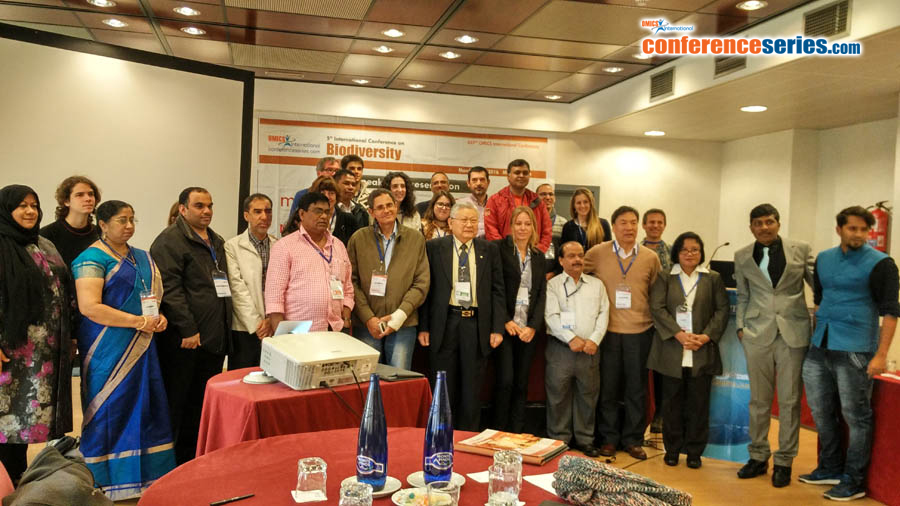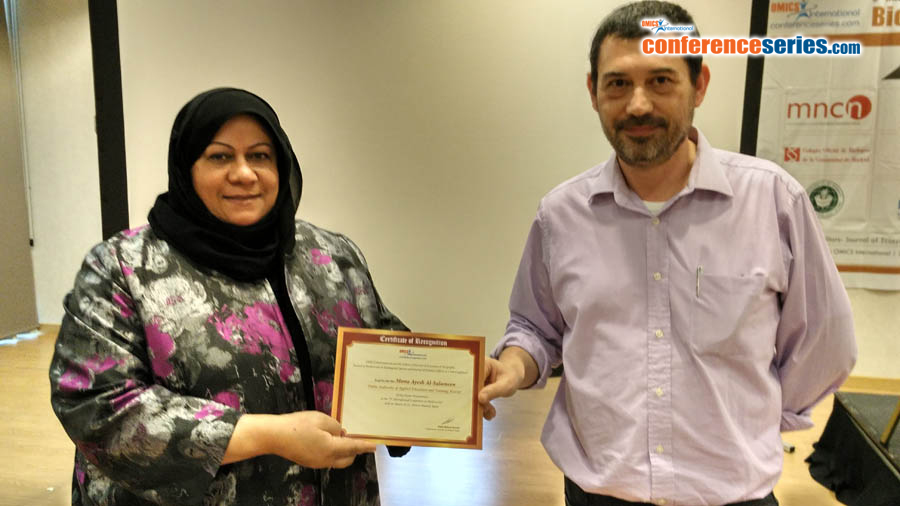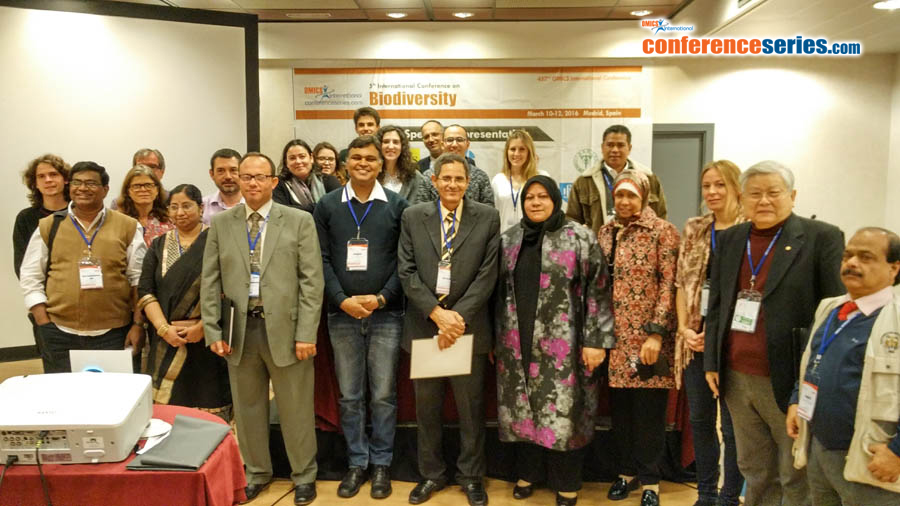Mona Ayesh Al-Salameen
Public Authority of Applied Education and Training, Kuwait
Title: Foraminiferal distribution around the coral reef communities at Kuwaiti Coast: Presence and diversity
Biography
Biography: Mona Ayesh Al-Salameen
Abstract
Global change and climate variability rely on proxy data from recent faunal content to monitor environmental change. Species diversity calculated from two regions at Kuwaiti Coast (Miskan Island and Al-Khiran area) allow estimation of the relative bleaching increase within-habitat of coral species associated with different types of faunal degradation. Beaches and Reefs at Kuwait and Gulf area subject to land-based pollution (sewage, sedimentation, and/or industrial pollution) show 40–50% reduced diversity at 7 m, and 30–60% reduced diversity at 10 m depth relative to unpolluted comparison reefs in each region. The decreased diversity on reefs subject to land-based pollution implies a dramatic, rapid decrease in Kuwait reef-based fisheries resources. Ostracoda (microscopic, aquatic Crustacea) and benthic foraminifera at the Kuwaiti islands have a great potential for ecological monitoring and environmental analyses in highly variable environments. The analysis of faunal assemblage (benthonic and ostracoda) composition, morphological features, diversity, and species distributions provide valuable information on present and past water salinity, temperature, substrate characteristics, climate, sea level variations, oxygen and nutrient availability. In this respect, this work will provide an overview on the application of benthic foraminifera and ostracods for environmental reconstruction.



